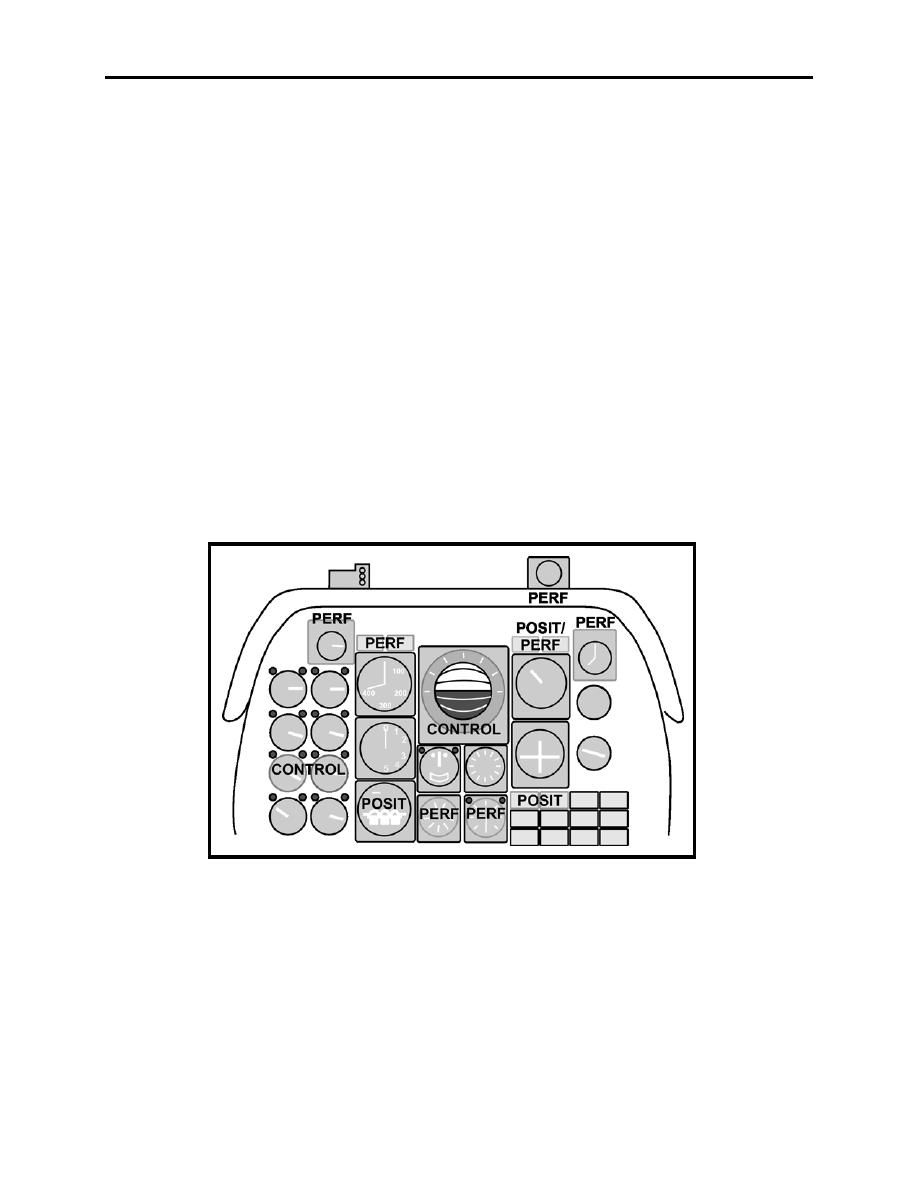 |
|||
|
|
|||
|
|
|||
| ||||||||||
|
|  CHAPTER ONE
BASIC INSTRUMENT PROCEDURES
e.
Attitude Instrument Flight. Like visual flying, attitude instrument flying uses
reference points to determine the attitude of the aircraft. When flying by visual
reference to the earth's surface, the attitude of the aircraft is determined by observing
the relationship between the nose and wings of the aircraft, and the natural horizon.
When flying by reference to flight instruments, the attitude of the aircraft is
determined by observing indications on the instruments. These indications give
essentially the same information as obtained by visual reference to the earth's surface.
The same control techniques are employed during attitude instrument flying that are
used in visual flying. The largest learning factor in attitude instrument flying is to
correctly interpret the indications of the various instruments to determine the attitude
of the aircraft.
103. INSTRUMENT GROUPINGS/PROCEDURES
This section addresses the interpretation and use of flight instruments.
Control Instruments
Power and attitude indicators are termed control instruments. A proper combination of pitch,
roll, yaw, and power will achieve the desired aircraft performance (Figure 1-6).
Figure 1-6 Instrument Grouping
Performance Instruments
The performance of the aircraft is determined by reference to the vertical speed indicator,
heading, clock, turn and slip indicator (needle and ball indicator), and in some cases the
altimeter. Although the altimeter is primarily a position instrument, in some maneuvers it can be
used as a crosscheck on aircraft performance. These instruments are termed performance
1-18 BASIC INSTRUMENT PROCEDURES
|
|
Privacy Statement - Press Release - Copyright Information. - Contact Us |